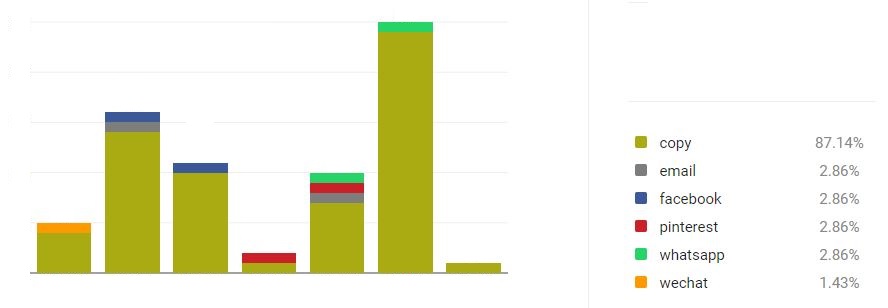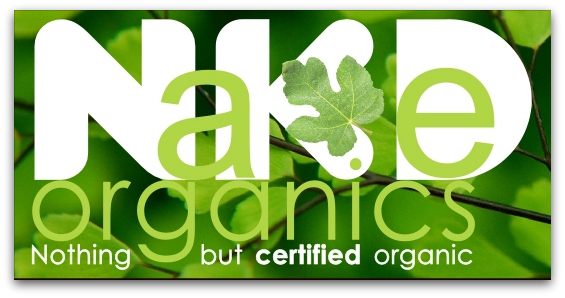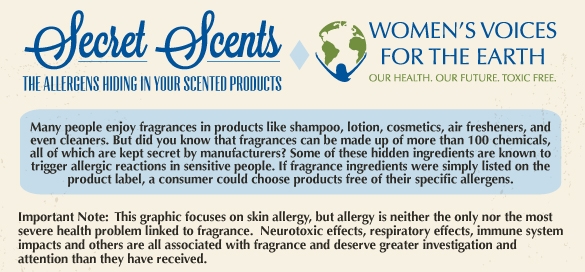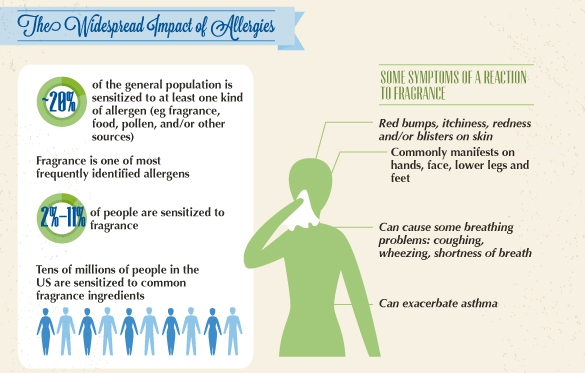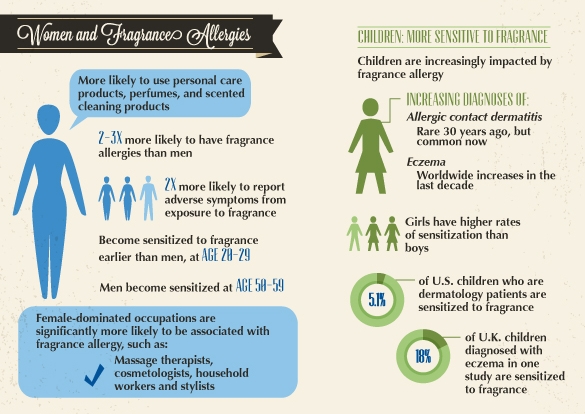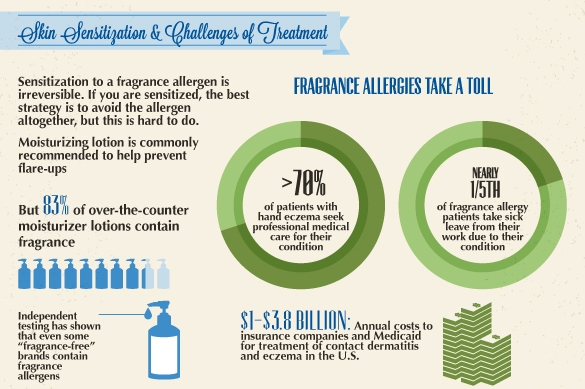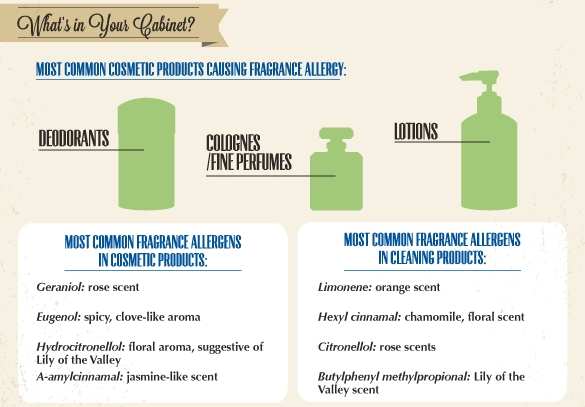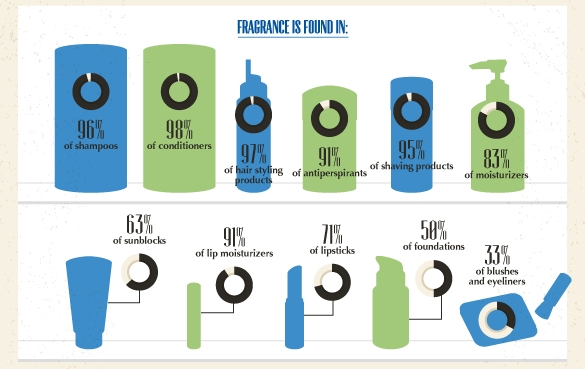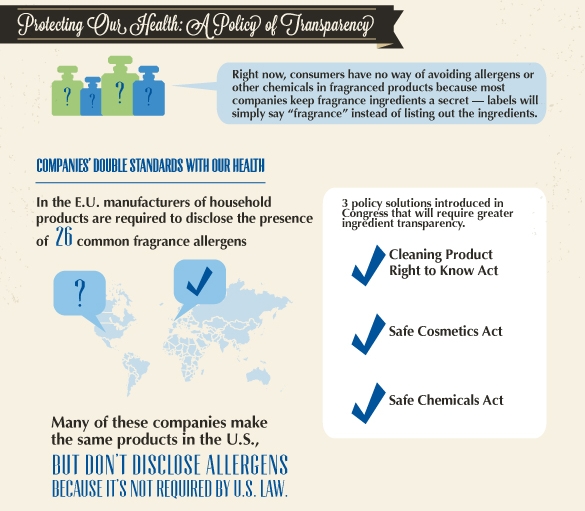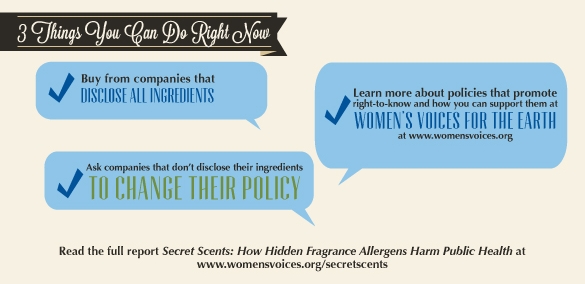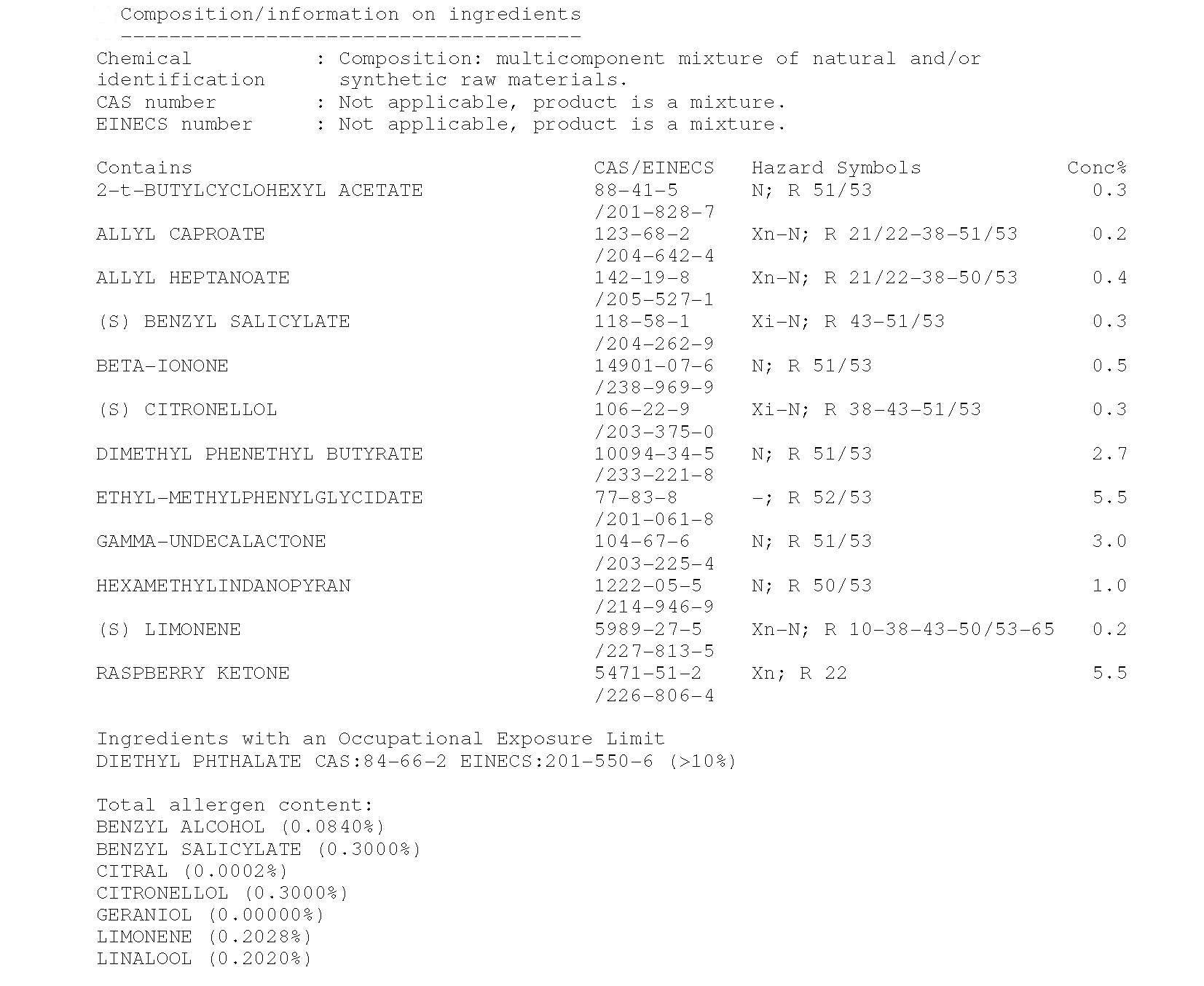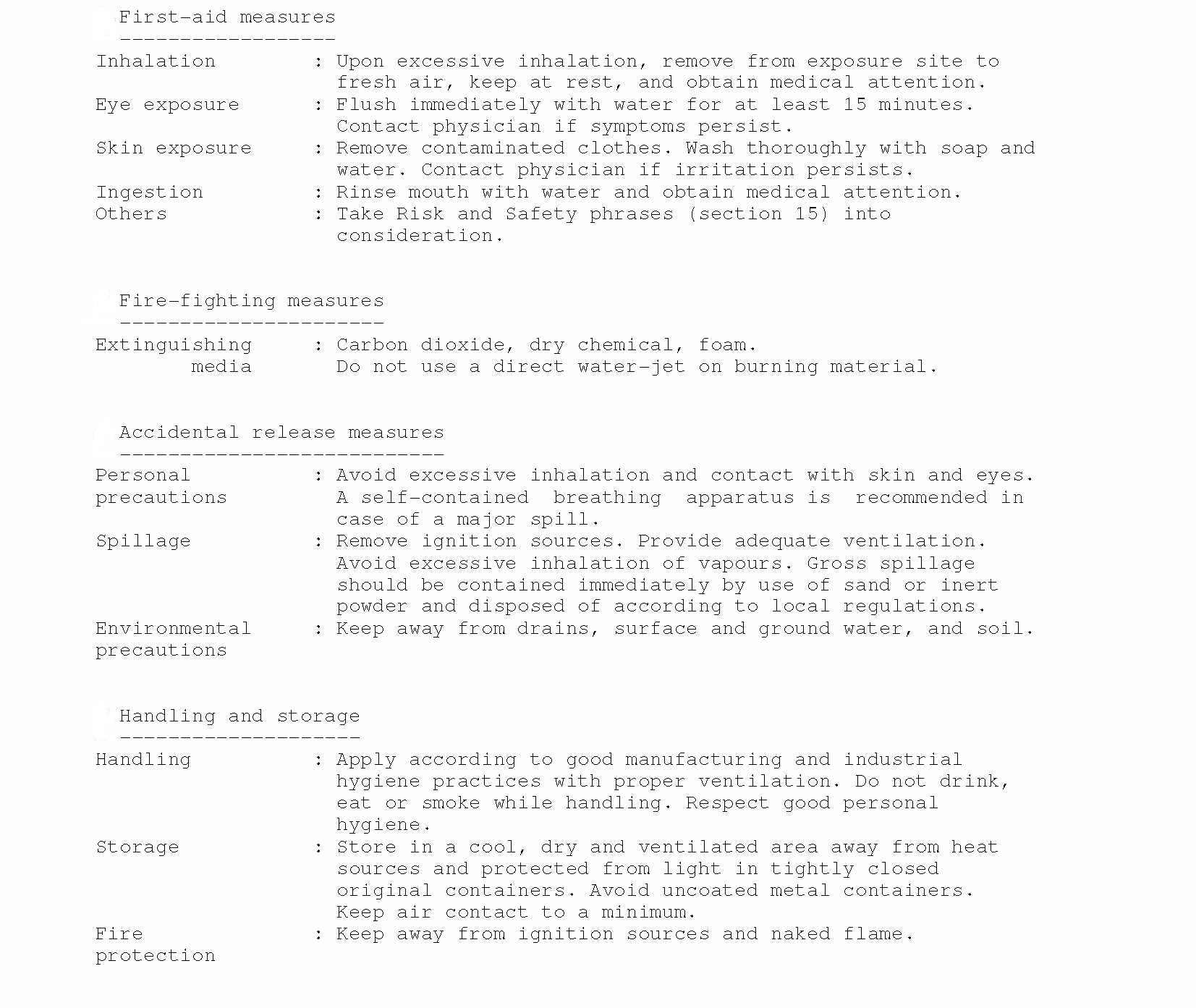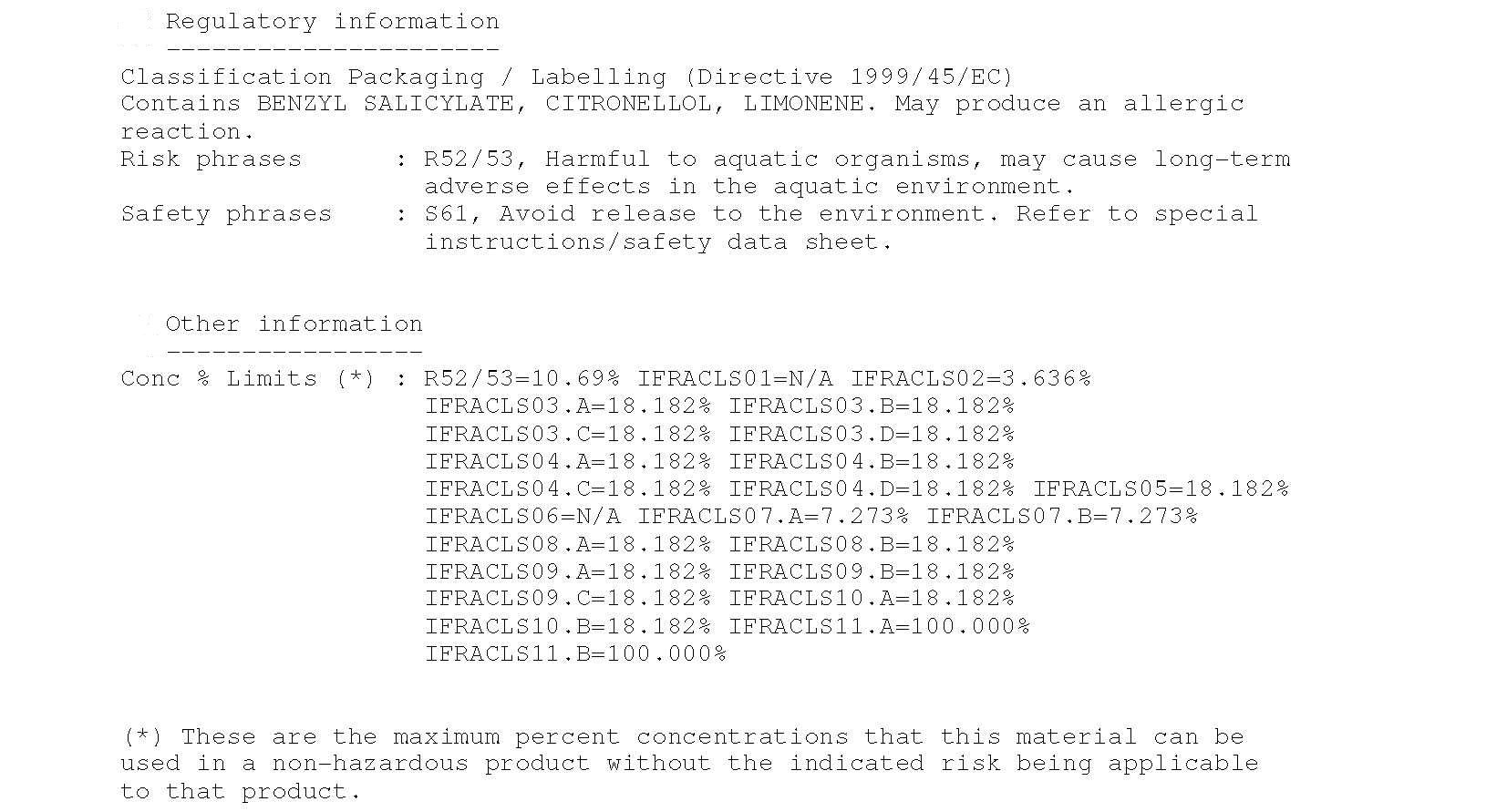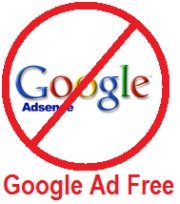|
|
www.moyoway.com |
Buy your Certified Organic |
|
|
CLICK FOR NAKED www.moyoway.com |
Moyo is an African origin word which implies that the
"heart and mind act as one to cultivate the spirit”
Allergens that smell nice
>Home Page >>Makeup Safety >>>Cosmetic Toxins >>>>Allergens
|
There is nothing like a well thought out and informative infographic. Thank you to Women's Voices for the Earth that put this one together. |
It illustrates and explains allergenic causes from cosmetics, particularly the ones hidden in the "fragrance" ingredients. Children are increasingly impacted by fragrance allergies with rising numbers of contact dermatitis and eczema.
Guys ... this is for you too.
Click the images to enlarge and browse
Full credit to Women's Voices for this useful infographic. It was one big infographic before but it was so large that if I had tried to upload it as one image, the people that host this site would probably cut my legs off.
Many of us don't suffer from allergenic ingredients but there is a disturbing increasing trend of people that are.
Prevention is better than cure and running off to buy an asthma pump not only adds more chemicals to your body but treats the symptom and not the cause.
Remember that prevention is better than cure.
Real life example of a fragrance and where allergens appear in them
Some months ago I wanted to make some lip balm and I was looking around for some natural fragrances that I could add.
I came across a website that had some really great fragrances like watermelon and pomegranate. I was in a rush and did not fully read the description. I had used this supplier before to buy REAL natural fragrance oils and did not pause to consider that I was buying synthetic fragrances.
About a week later the product arrives and while going through the paperwork, I realised that I had made a mistake.
Synthetic fragrances are supplied with a document called a MSDS - Material Safety Data Sheet. Why? Because synthetic fragrances are chemicals that need to be restricted from humans, animals and the environment.
Yes, that sweet smelling watermelon that smells so good that you just want to eat it would probably seriously injure you if you had to consume it undiluted.
Here are some MSDS extracts from a typical sweet smelling fragrance that you would commonly find in shampoos, conditioners, hair styling products, antiperspirants, moisturisers, sun blocks, lip balms and many others.
(Click the images to enlarge)
R52/53 means "Harmful to aquatic organisms, may cause long-term adverse effects in the aquatic environment"
Other examples are :
- R50/53 means "Very toxic to aquatic organisms, may cause long-term adverse effects in the aquatic environment"
- R51/53 means "Toxic to aquatic organisms, may cause long-term adverse effects in the aquatic environment"
This MSDS is in accordance with European law that stipulates known allergenic ingredients to be documented with their concentration levels.
As you can see from the above image, these fragrance chemicals need to be handled with caution and care. Remember that these fragrances are in our everyday cosmetics.
This is the part that stipulates the maximum concentration levels in cosmetic products.
Let's look at IFRACLS03.A=18.182%.
- IFRA = International Fragrance Association
- CLS = Class (In this case, Class 03)
- A = Class section / Category (A = Shaved Skin Eau de Toilette, B = Shaved Skin Fine Fragrance, C = Eye Products, D = Tampons)
- 18.182% = Maximum concentration level (as a percent of the product formula) to avoid the indicated risk being applicable
IFRACLS06 is mouthwash and toothpaste. In our example, it is Not Applicable. (not used)
It all looks very organized and precise ... right down to the last one hundredth of a percent.
And this is where the problem begins. It creates a false sense of security and here is why. Let's assume we use an Eau de Toilette from one brand, mascara from another brand and a body fragrance from another brand.
Let's assume that all 3 brands have HALF the maximum allowable fragrance in each product. Three brands x 9% = 27%.
This means we have exposed ourself to over 27% of this fragrance as opposed to the maximum recommended exposure of 18.182%.
Our exposure to allergenic ingredients is 1.5 times the recommended limit without you or anyone else knowing.
The system does not work because :
- accumulated fragrance chemicals cannot be monitored in your body
- fragrance chemicals are in so many of our daily cosmetics that exposes us on multiple levels
- you cannot tell one manufacturer to stop using a fragrance without telling the other to do the same
When we go to the clinic complaining about rashes, blisters or other allergenic reactions, the doctor recognises the symptoms but will have no idea exactly what is causing it - neither will you.
The doctor will probably treat the symptom and not the cause and prescribe more chemicals to combat the allergenic chemicals.
Without informing yourself, you will continue to fill your body up with chemicals, inevitably creating a toxic soup that will make you seriously sick over time.
This is a very small fragrance MSDS example. Some fragrance MSDS's are secret and/or proprietary and may contain several hundred ingredients. There is no law in the world that says "Fragrance" ingredients need to be displayed on the label of a cosmetic product.
This is the loophole, the problem and the solution. Consider avoiding products with the word "Fragrance" on the ingredients label, they are not as sweet smelling as you think they may be.
What's Your Story?
Help to keep it real and tell your story.
Comments about your experiences and opinions will go a long way to helping all of us.
